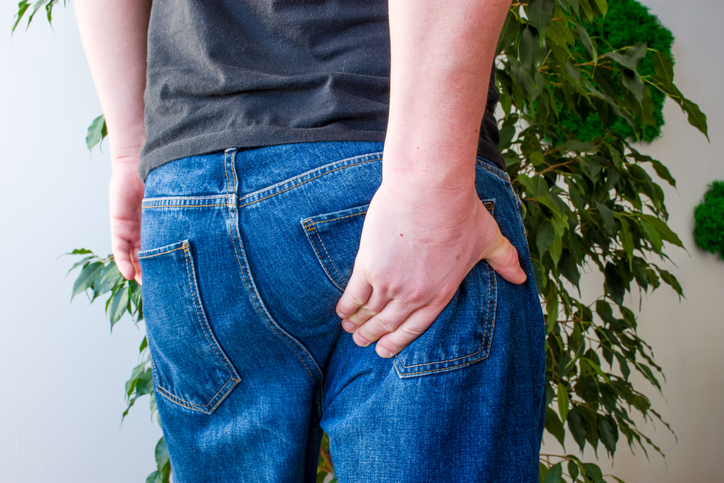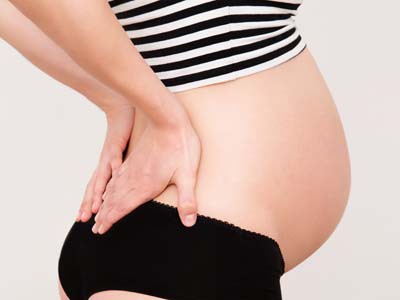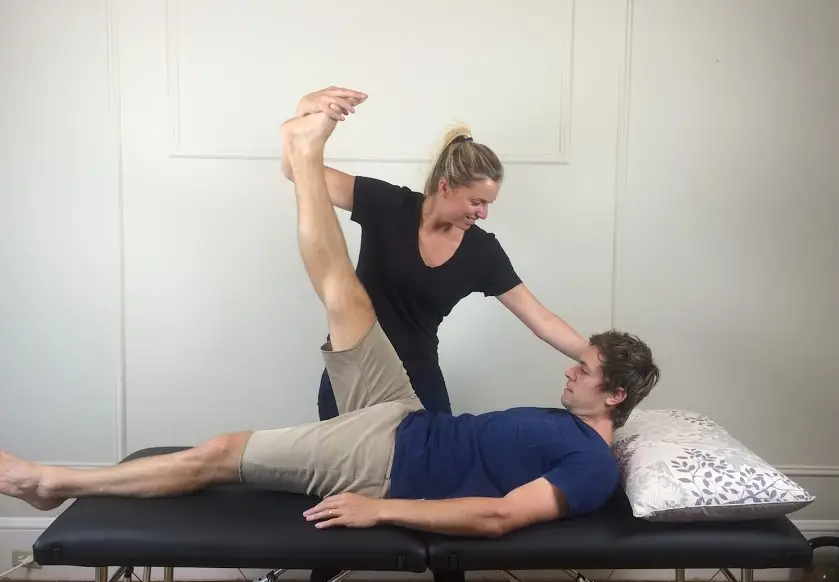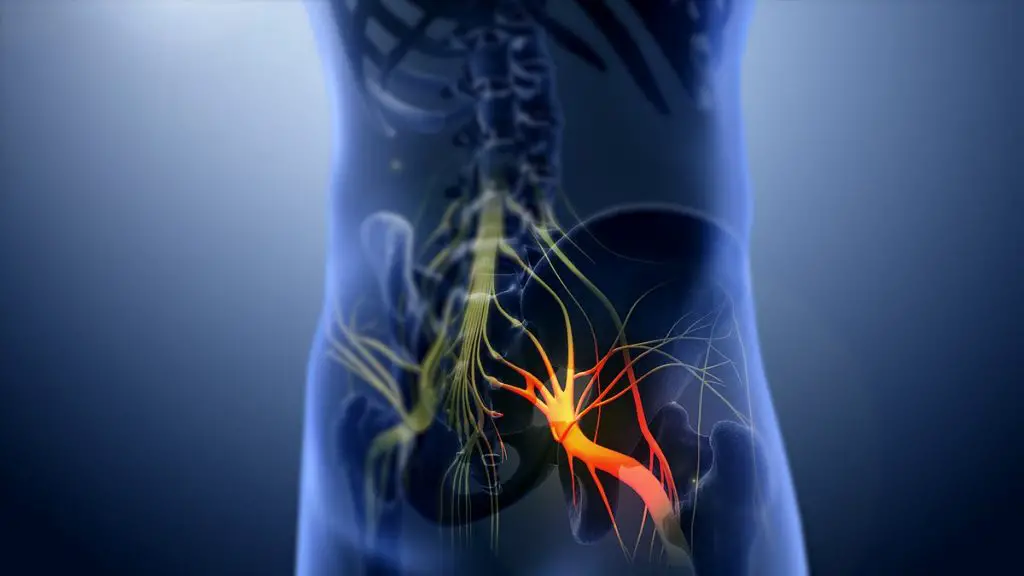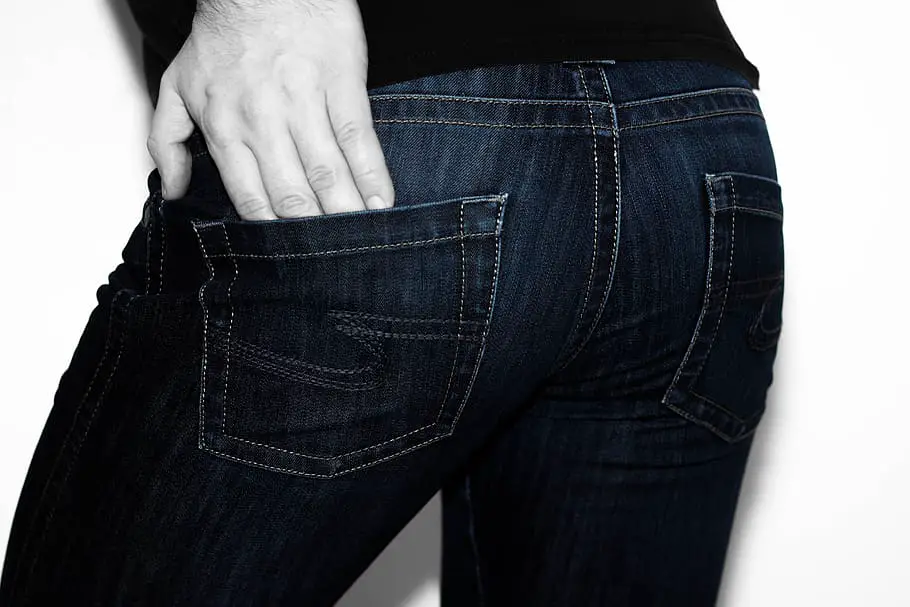La sciatica is one of the most common back ailments. This disease is often accompanied by several metabolic disturbances that seem trivial. Among these disorders, we can cite the Constipation. This article will tell you about link between sciatica and constipation.
Zoom on spine and nervous system
Le vertebral spine is made up of 33 vertebrae which constitute the following different parts:
- la cervical spine (the neck) ;
- the thoracic spine (the upper and middle of the back);
- la lumbar spine (lower back) ;
- the sacrum and the coccyx.
The various parts of the spinal structure are connected by cartilaginous facet joints and by intervertebral discs. These discs consist of a central core and a ring made of collagen fibers. This structure gives the column its elasticity and plays a protective role.
La spinal cord is a long nerve tissue that runs down the center of the spine. It carries messages between the brain and the body through an autonomic nervous system. It is a reflex center.
The autonomic nervous system is part of the vegetative nervous system. It innervates the visceral organs, the respiratory systems and the digestive systems.
Le sciatic nerve is the largest nerve located on the posterior aspect of the thigh. Its ramifications at the level of the lumbar vertebrae and sacrums constitute the lumbar plexus and sacred. It binds to the peripheral nervous system called "enteric". The latter participates in the functioning of the digestive system.
The digestive system: are we talking about it?
The digestive system has several organs responsible for breaking down food into nutrients, energy and feces. the gastrointestinal system consists of the mouth, digestive tract (esophagus, pharynx, and stomach), pancreas, liver, and intestines.
Food enters the mouth and then travels down the digestive tract after being chewed and broken down by enzymes. The pharynx propels food while the esophagus and stomach continue to break down the chewed food using stomach acids that they secrete.
The pancreas and the liver also secrete enzymes which contribute to intestinal digestion and the absorption of amino acids, oses and fatty acids. The small intestine contains microvilli that form a surface for absorbing nutrients. The large intestine stores waste and absorbs liquids as well as semi-liquids to form faeces which descend to the rectum. Once accumulated, the stool passes to the anal sphincter to be rejected outwards.
Constipation: explanation
The constipation is a sign of disruption of gastrointestinal function associated with difficulty passing stools. These stagnate in the colon. They dry out and will have a hard time expelling themselves. Constipation is recognized by:
- stools that are too hard and dry;
- less frequent bowel movements;
- stools of incomplete size;
- painful expulsion in the abdominal part;
- abdominal cramps;
- A stomach ache ;
- bloating;
- anal and pelvic pain.
La normal transit constipation is characterized by bloating and abdominal pain. The distal constipation or terminal results from a lack of coordination between the abdominal and pelvic muscles.
What are the causes of constipation?
Lack of physical activity
The small villi and muscles that line the small intestine become tense and slow down digestion. This results from a lack of physical activities. Moving the body, especially the upper part, helps prevent constipation.
A diet low in fiber and liquid
Personalized low fiber foods as well as a low hydration interfere with the expulsion of stools. It is then advisable to consume foods rich in fiber and preferably raw, such as mangoes and pineapples, legumes and nuts. Cereals, starches, white breads or spices prevent the intestinal muscles from contracting.
Back pain
A lack of muscle coordination and Dehydration decrease the electrolyte level in the intestine. This can promote abdominal muscle spasm that leads to lower back pain.
Sciatica
La sciatica is one of the causes of transit problems. The sciatic nerve can be very stressed to the point of disrupting urination and causing serious constipation.
5 exercises to relieve the symptoms of sciatica (in video)
Article reviewed and approved by Dr. Ibtissama Boukas, doctor specializing in family medicine You…
Calf pain: What if it came from the back? (Sciatica and more)
Article reviewed and approved by Dr. Ibtissama Boukas, doctor specializing in family medicine You…
Sciatica during pregnancy: Managing attacks (exercises)
Article reviewed and approved by Dr. Ibtissama Boukas, doctor specializing in family medicine On…
Lasègue sign: Test to detect sciatica or herniated disc
Article reviewed and approved by Dr. Ibtissama Boukas, doctor specializing in family medicine Le…
Sciatic nerve: Anatomy and route (Associated pathologies)
Article reviewed and approved by Dr. Ibtissama Boukas, doctor specializing in family medicine Le…
Sciatica and hip: what link? (explanation and advice)
The lower limbs provide locomotion, walking, jumping and body stability….
What is the link between sciatica and constipation?
Sciatica: a quick reminder
La sciatica designates a sciatic nerve compression. This pathology is manifested by tingling, numbness, pain and muscle weakness radiating down.
When the compression of the sciatic nerve persists, it can unbalance the digestive system and will impact the intestinal mechanism.
Constipation promotes sciatica
A stool buildup in the colon gives rise to stool pockets that put pressure on tissues and nerves, including the sciatic nerve.
Constipation promotes fermentation. This phenomenon produces a excess production of toxins in the intestine. This generates inflammation and a sharp feeling of abdominal pain that radiates to the buttocks.
Constipation: a sign indicating the presence of sciatica
Due to stress, fatigue, medications and the overflow of toxins, the liver increases bile secretion and becomes fatigued. To the same extent, its volume increases and compresses the blood vessels that irrigate the muscles of the back. The blood flow and the gas exchange essential to the evacuation of toxins in the muscle decrease.
This generates a muscle tension and cause a pinching of the lumbar vertebrae. This pinching puts pressure on the intervertebral discs and compresses the sciatic nerve.
A sciatic pain on the right side mark one liver disorder. This disorder induces incontinence as well as a loss of bowel control. The digestive system malfunctions and causes a blockage in the colon. It's here terminal constipation.
A clogged liver can also impact the organs that surround it: the stomach, the pancreas and the intestine. This causes sciatic pain on the left side, followed by hardening of the stool.
Constipation Treatments
There are several ways to treat constipation. We strongly recommend to consume foods low in toxins and high in fiber. Processed foods high in sugar or fat are not recommended. They destabilize the action of the pancreas, liver and kidneys and thereby aggravate constipation.
It is also important to practice daily physical exercises such as walking, jogging and bicycling.
Stool softeners or laxatives facilitate fecal ejection when needed. However, the advice of a doctor remains essential before using medication.
Knowledge of the causes of constipation is essential for its treatment. A healthy lifestyle not only helps to treat it, but also to prevent it. It comes down to healthy eating and regular physical activity.
We must also think about limiting alcohol, coffee, medication and find alternatives to reduce stress.
Finally, remember that constipation can promote sciatica and vice versa. You should know that the body is made up of many systems that are interrelated.
Last updated on 2025-06-23 / Affiliate links / Images from the Amazon Partners API
Resources
References
https://www.lombafit.com/constipation-et-mal-de-dos/#Lien_entre_constipation_et_mal_de_dos

